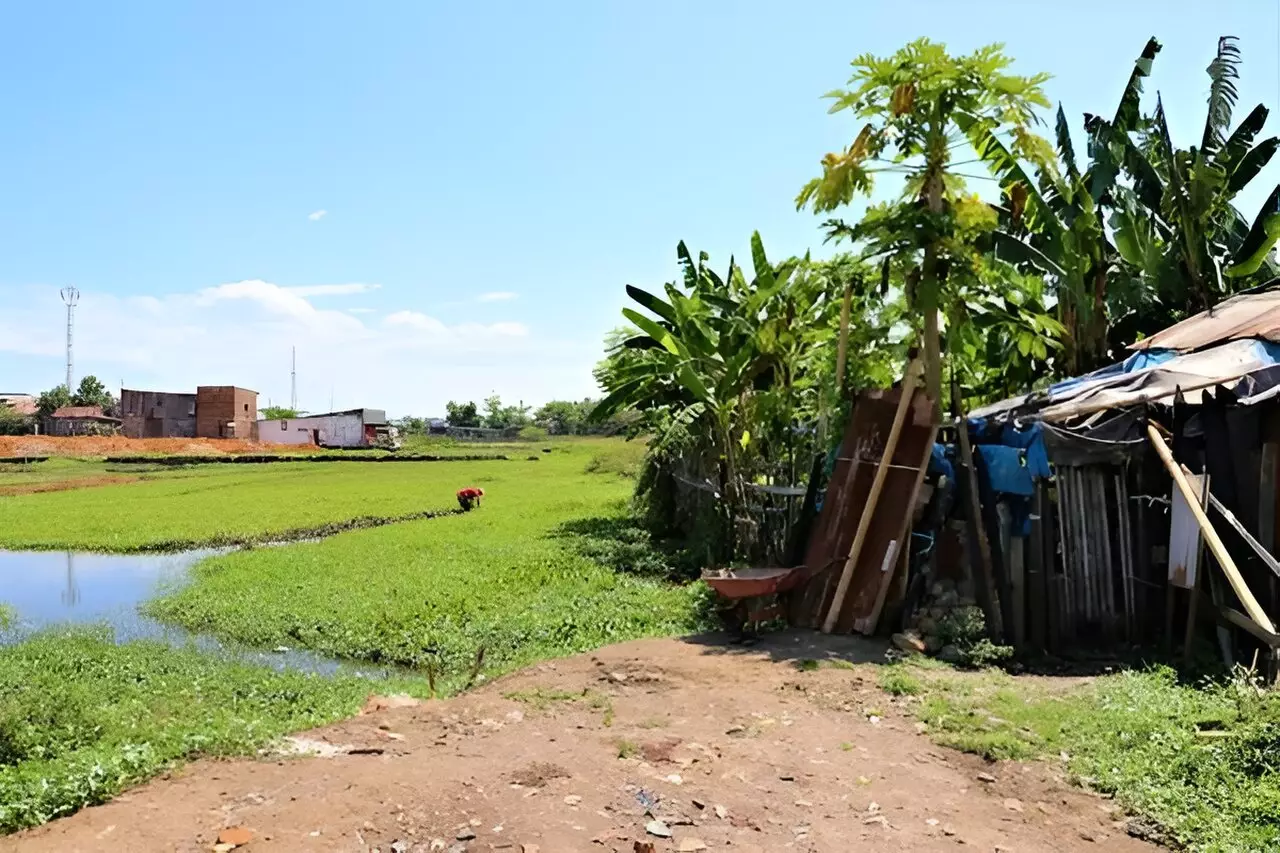In recent years, global temperatures have soared, making 2023 the hottest year on record. Alongside rising temperatures, humidity levels have also increased. This combination of heat and humidity poses a significant threat to all aspects of our lives. As climate change accelerates, the upper limits of what humans can endure in terms of humid heat are being tested. Unfortunately, the impact of heat stress on local populations is often underestimated due to poor weather station coverage across the tropics.
The most vulnerable communities to the effects of heat stress are those living in informal settlements, commonly referred to as “slums.” Concentrated across tropical Asia and Africa, these settlements lack proper infrastructure and services, like electricity and water supply, putting their residents at risk. With rapid urbanization outpacing planned development, informal settlements are growing in number with over 1 billion people currently residing in these areas. This number is expected to reach 3 billion within the next 30 years.
Informal settlements are predominantly located in the tropics, where high temperatures and humidity persist throughout the year. Unfortunately, the lack of monitoring data for these areas leads to a significant underestimation of heat stress. Most weather stations are situated far from urban centers, resulting in limited capture of temperature and humidity levels. This urban heat island effect, where cities are typically hotter than non-urban areas, exacerbates the gaps in monitoring, particularly in regions with high concentrations of informal settlements.
While global climate assessments and projections play a crucial role in understanding the impacts of climate change, they tend to overlook local-scale impacts. Heat stress is experienced on an individual, local scale, and cannot be accurately captured by sparse weather stations or meteorological models alone. To address this issue, our research compiled local climate monitoring data from informal settlements in seven tropical countries. Comparing this data to measurements at the nearest weather station revealed severe underestimations of heat stress experienced by individuals in their homes and communities.
Health impacts resulting from heat stress are a major concern, especially for those residing in informal settlements. Inadequate ventilation and insulation make the indoor heat even more unbearable. With limited access to air conditioning and safe drinking water, the health risks become even more pronounced. Moreover, early-warning systems and health advice often fail to reach these vulnerable communities due to inadequate infrastructure and communication channels.
The current state of climate monitoring and early-warning systems has left millions of vulnerable people at risk of heat stress. This not only affects individual health and well-being but also has broader implications for society and national economies. Urgent support is needed to strengthen climate monitoring and improve early-warning systems, particularly in developing countries. The World Meteorological Organization has acknowledged this need for improvement, promising to take action.
In order to address the risks posed by heat stress, it is essential to include informal settlements in new monitoring networks. This requires governments, development banks, NGOs, and other relevant agencies to prioritize the allocation of resources. Furthermore, it is crucial to overcome disparities in resources and adaptive capacities. Initiatives such as urban greening and improved housing show promise in reducing urban heat and should be prioritized in adaptation efforts.
Ultimately, finding solutions that help communities adapt to climate change should be the primary focus. Climate-related migration is already occurring due to rising sea levels and extreme heat. However, migration should not be the only option for vulnerable populations. Instead, investing in measures that enhance resilience, such as community-based initiatives and sustainable infrastructure, can help mitigate the impact of heat stress and ensure a more sustainable future.
The combination of rising temperatures and humidity poses a dangerous threat to our lives and livelihoods. The underestimation of heat stress in informal settlements due to poor weather station coverage further exacerbates this risk, leaving millions of people vulnerable. Urgent action is required to strengthen climate monitoring and improve early-warning systems. Additionally, the inclusion of informal settlements in new monitoring networks, along with equitable and sustainable solutions, is crucial for adapting to the challenges of climate change. By prioritizing these efforts, we can better protect the most vulnerable communities and build a more resilient future.


Leave a Reply